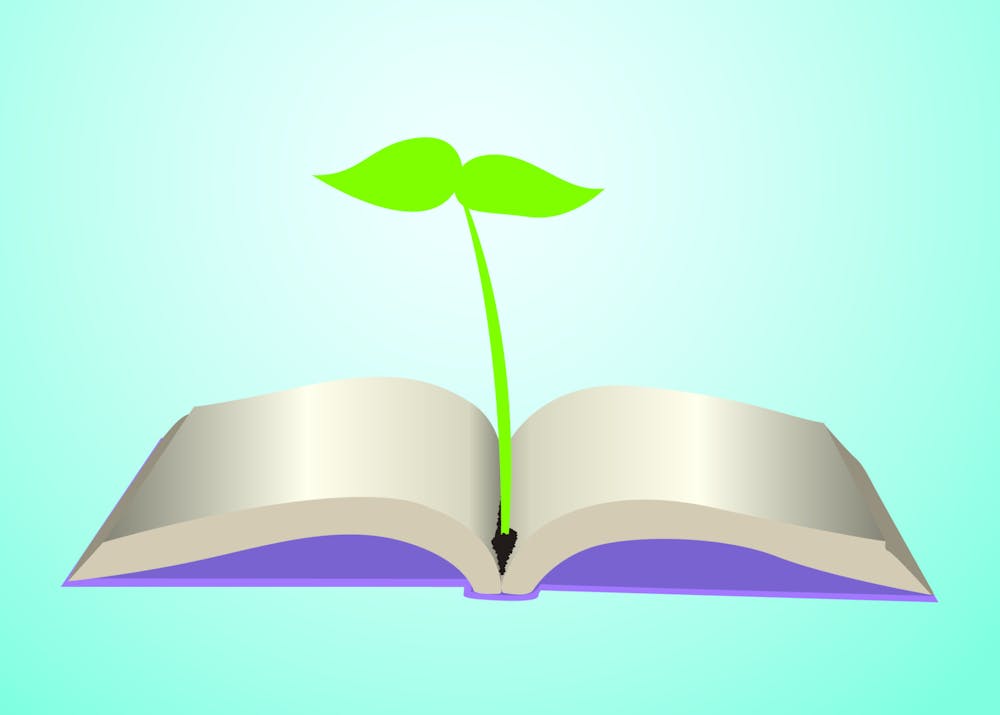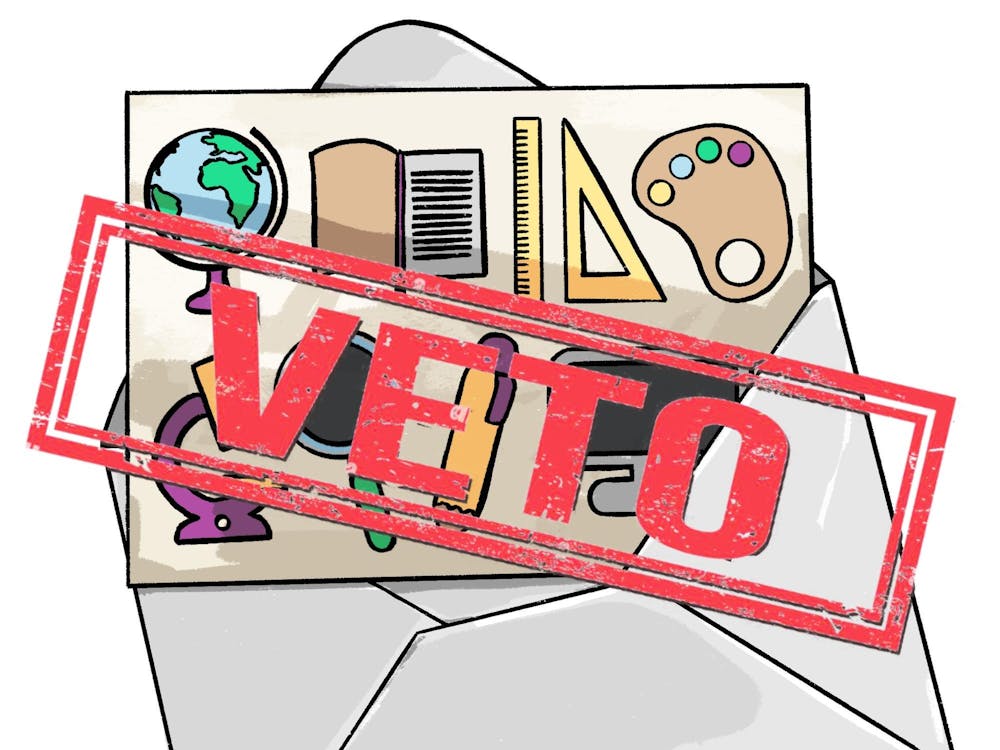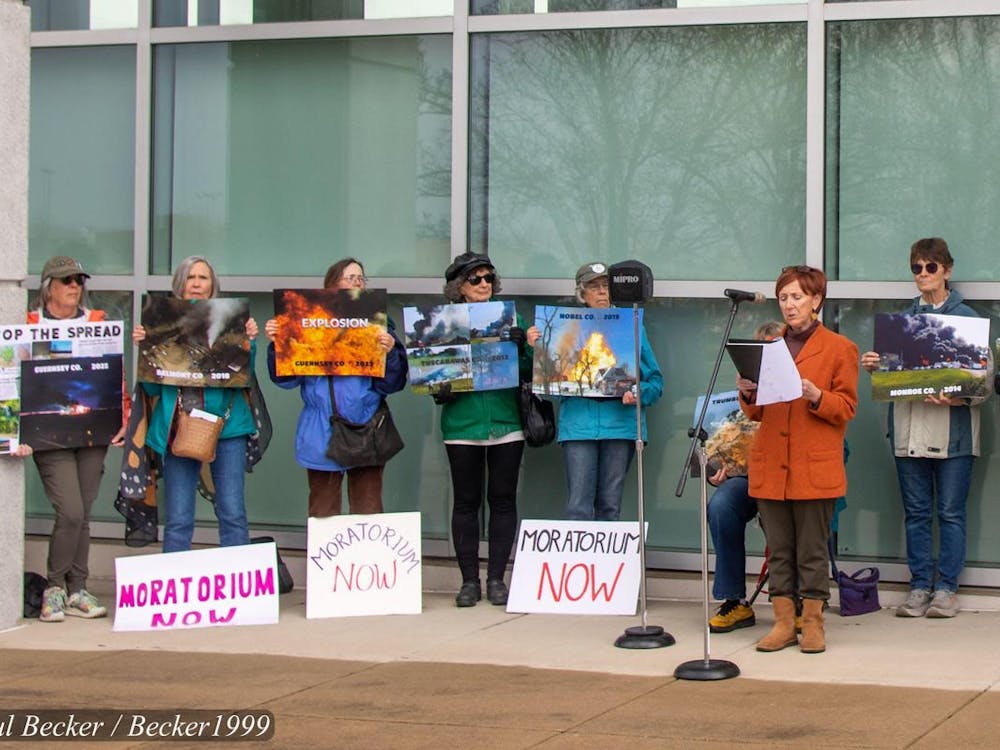On a stormy night, an undergraduate student named Rachel Carson read Tennyson’s poem “Locksley Hall” and knew her future was tied to the natural world.
She went on to write “Silent Spring,” the book that helped begin the American environmental movement and led to the creation of the Environmental Protection Agency.
Michele Navakas, professor of English and Affiliate of the Institute for the Environment and Sustainability at Miami University, hopes students in her literature and environment course, IES/ENG 264, can also use literature to find their place in the world.
Navakas believes the role of literature is frequently misunderstood and reduced to an irrelevant secondary study or escapism. To her, it is so much more.
“There’s nothing like it for helping us make meaning,” Navakas said.
In her class, the ability of literature to help one speculate imaginatively, connect seemingly unrelated information and analyze their role in the world is applied to environmental studies. The climate crisis is most commonly communicated through data tables and scientific studies, where it is easy to lose sight of how literature can be applied to these findings.
In response to this, Navakas points to scientists like Carson, and even Charles Darwin who greatly valued literature.
Alongside literature, communicating injustices through art can be essential to raising awareness from the public.
Latoya Ruby Frazier, a photographer whose work showed the public that the Flint water crisis was far from over, will speak to the class later this semester. Navakas encourages her students to consider how Frazier’s art was such a success in communicating this injustice.
The class is currently studying Carson’s book “Silent Spring,” which serves as an example of how literature prompted the American public to reconsider their role as a part of nature and their responsibility to protect it.
“Without literary knowledge and understanding there’s no Silent Spring, there’s no American environmental movement,” Navakas said.
Bea Jones, a junior microbiology and sustainability major, feels confident in writing scientifically but hopes this course will provide a new avenue for communicating.
Enjoy what you're reading?
Signup for our newsletter
“I think being able to communicate to a larger, broader, public audience would be really useful,” Jones said.
Navakas hopes students will walk away from her class with the ability to read a wide variety of literature — from Edgar Allen Poe to Octavia Butler — and apply them to today’s environmental issues for themselves.
In the bigger picture, she hopes to foster a greater appreciation for the power of literature to help students in any field interpret the world around them. To take advantage of this power, students have to jump in, explore literature and learn how to make it relevant to their situation, she says.
Sophomore political science and sustainability major Olive Abrams hopes to go into environmental law. For her, STEM and policy classes can be depressing — but learning about the environment through literature can bring a new sense of hope.
“It seems like people who approach environmentalism from a literature perspective seem to have a lot more hope and optimism, and just general faith in everyone in the world to wake up essentially,” Abrams said.
Navakas sees this hope as another function of literature essential to humanity.
“We can’t act if we’re in despair,” Navakas said, “but art gives us hope, and hope is what we need most right now.”




